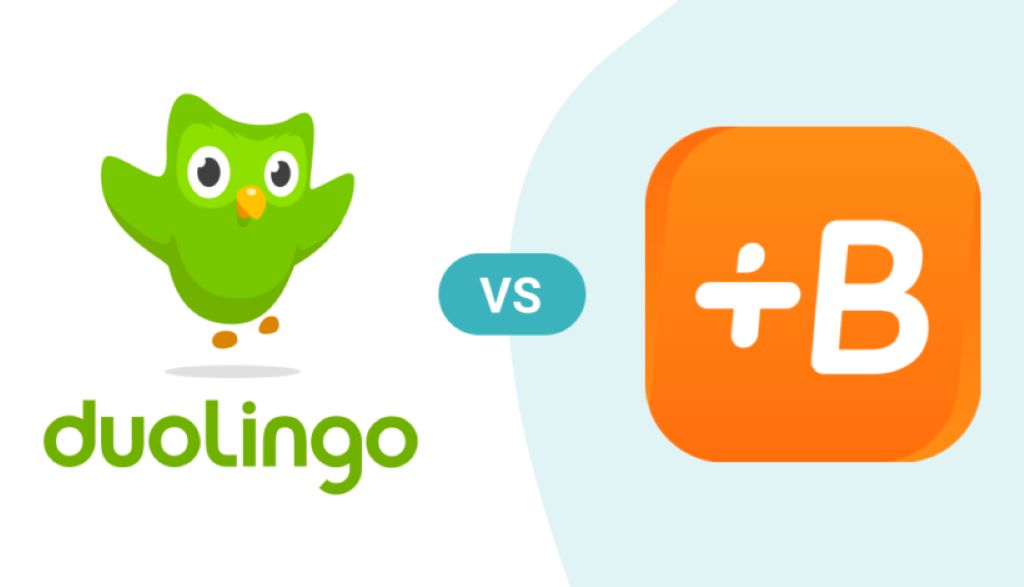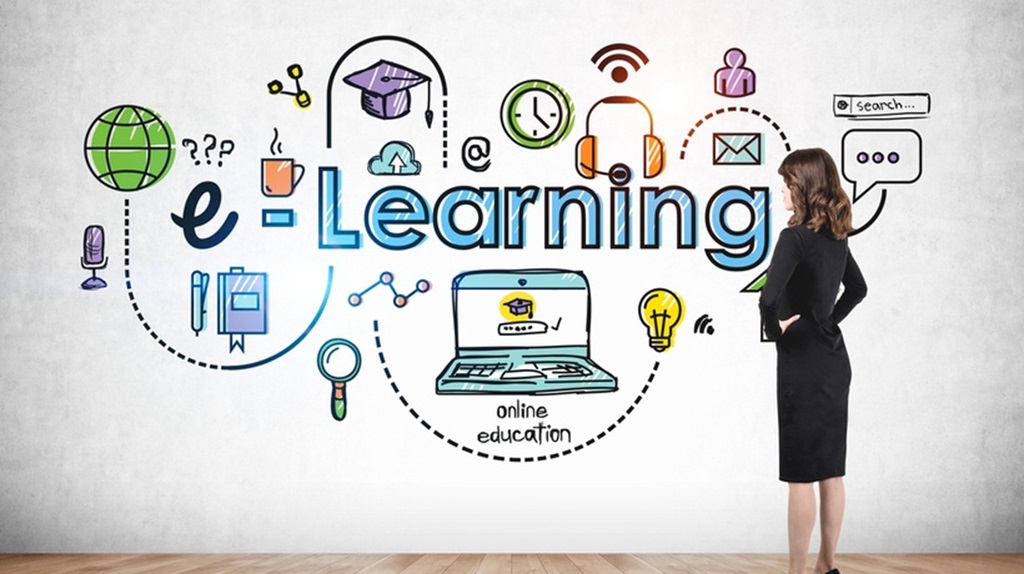Psychologists refer to the pathological repression of tasks as “procrastination,” better known as “chronic plague”. What is the reason for the fact that this disease has reached an almost pandemic level in recent years? Daniel Kehlmann was asked in the talk show 3 after 9 whether literature can be created on a computer. The best-seller author replied that it is important whether the computer has an Internet access. Problem and solution are therefore close together in e-learning. Therefore our 10 enlightening learning tips for E-Learner no prescription.
1.Put on a capable e-learning program
There are so many things to consider when it comes to the choice of e-learning programs – this point has earned its own article.
Most importantly, the e-learning program will meet your needs and the needs of your employees. It should focus on e-learning solutions that are (and rightly) up-to-date.
In the world of e-learning, three things are worth mentioning. A usability that is self-explanatory, so that the e-learning program can be understood straight away. To be an e-learner, should not mean having to complete an ITL training beforehand. The Web 3.0, which enables mobile learning, to choose freely when and where one wants to learn. And finally: Game-Based Learning, which eliminates the contradiction between learning and fun and thus contributes to learning motivation.
2. Create a personal learning plan
Procrastination means to trick yourself by pushing out extensive and complicated learning contents, while the small and simple learning contents are addressed. Thus, the conscience is reassured. At the same time, we suggest that the “real” learning at another time (“tomorrow, tomorrow only not today”) will be easier for us. In truth, the slip-up makes everything worse, because neglected must be caught up on the last pusher. Therefore, this paradox is referred to as a “depletion effect”.
An individual learning plan, which captures the learning objectives as well as learning times, helps to remedy this problem. The learning tempo should be realistic and – as we tend to do just too much at the beginning – in the first few days. It is also important to work the individual lessons together in a coherent order, in order not to push unchosen to the end. As soon as the learning plan is available, it is difficult to self-locate.
3. Create a learning location
You should create a learning location where you can feel comfortable and concentrate well. Here everything should be ready to avoid unnecessary wandering, that you already take the pleasure of learning before you have started at all. And only that. Everything you could distract from learning must go away. This also includes closing messenger and mailing programs. Second, the equipment is important. In daylight, it is easiest to learn, because the eyes do not tire. A daylight is therefore recommended. And maybe a new screen.
4. Pay attention to your individual learning time
Our ability to concentrate is subject to fluctuations throughout the day. Most people learn best in the late morning until the morning, the others in the afternoon or evening, some even at night. Use a documentation to find out when you are most productive to use these phases. This will help you reach your daily pace as quickly as possible, giving you more time for other things.
5. Build learning pauses, using the Pomodoro technique
The Pomodoro technique goes back to the Italian entrepreneur Francesco Cirillo. Cirillo found that when we divided our project into work units, we were looking for more productivity.
One work unit lasts 25 minutes, after each work unit, there is a 5-minute break (this interval is called “Pomodoro”). After four work units, a longer break of 30 minutes follows.
Pomodoro, by the way, is called Tomato, for Cirillo used an egg timer for his technique, which looked like a tomato. If you want to try out this technique, the “Career Bible” offers you a practical infographic.
6. Visualize your knowledge using Mind mapping
Mind mapping, a word that has even made it in the, is an integral part of the interdisciplinary work. Here, you do not simply list your knowledge on a list, but visualize it as a kind of “thought card”.
This consists mainly of three points. First, write down the central theme at the center of the paper. Around the center, write down the top themes in different colors. Finally, the keywords followed. All of this is sensibly combined.
As far as the artistic requirements are concerned, you may, by the way, be dispassionate. Mind mapping is designed to help you organize complex relationships. Here is a good example.
7. Use a mix of learning methods
The Pomodoro technique and the Mind mapping are the best-known learning methods. But the most tried and tested is undeniably the “learning method mix”. Because when the learning process takes place via different sense channels, the information is stored better (in long-term memory). E-learning is predestined because it considers all learning types.
Learn best with texts, access our digital map styles. If you are the visual type, you can include pictures and videos. As an auditory type, you should make the content aloud, record, or explain to someone (with storytelling). The question also arises of a mixture of online and face-to-face (blended learning ).
By the way, the ancient Greeks were aware of more effective learning by incorporating all the senses. They are the loci method.
8. Establish a learning group
A learning group has many advantages. Regular meetings increase the learning discipline since they involve a structuring that would not be taken very seriously.
Through presentations and discussions of the learning contents, your knowledge will be strengthened and you will get more self-assurance. Here, learning groups help with hampers, give feedback and pull each other through thirsty stretches. One for all and all for one.
Another effect of learning groups is the fun factor since this (like game-based learning) contributes decisively to learning motivation. Because of this friendship, you can even look forward to the next learning unit.
9. Avoid the three most typical learning errors
First, the Zeigarnik effect. The psychologist Bulma Zeigarnik noticed that waiters forgot their orders quickly and only remember the open orders. In the case of cellars, this may make sense, but you should be aware that the learning material is not only important for an exam or a project but that you might also need it in the future. It is therefore not advisable to use buffaloes, hammers, and timbales just beforehand – the so-called Bulimia. Learn long-term.
Second, perfectionism. This often results from the fear of embarrassment. Make mistakes and allow yourself to be corrected, you stand above your ego. This is worthwhile because we learn best by mistake.
And thirdly, there are subjects and themes that are boring. Not correct! Just a question of the angle of view. Just think back to your school time, how much your interest in teaching depended on the teacher.
10. Activate your reward system
Contrary to an everyday saying, self-praise is odorless. You should learn to knock yourself on the shoulder if you have done a thing well.
In this way, the reward system is activated in your brain, which not only makes you happier but also increases your motivation to learn. They become more confident and relaxed.
Perhaps the change from work and relaxation is even the most important of all the learning tips mentioned here. What is crucial is that you do not wait until you have met the clumsy pen some of your # 2 learning plans. Recognize your small successes step by step. For example, praise and reward yourself for starting NOW with learning.














